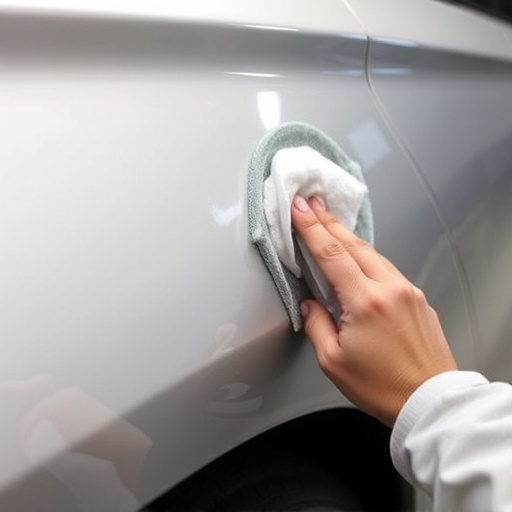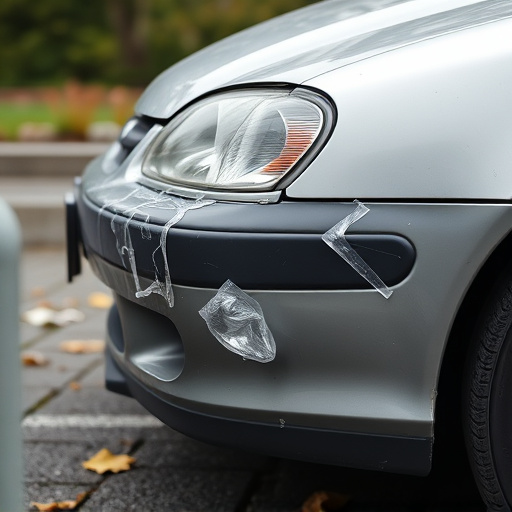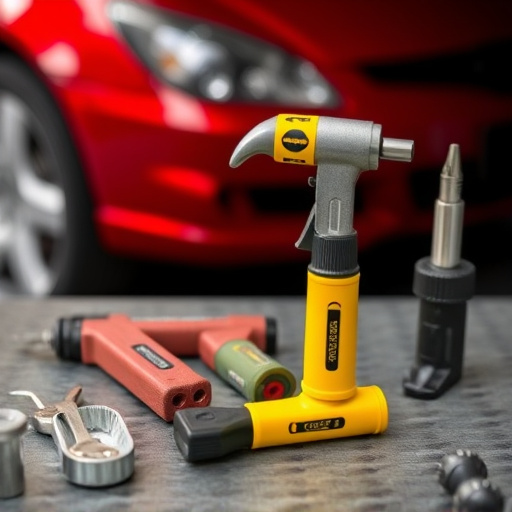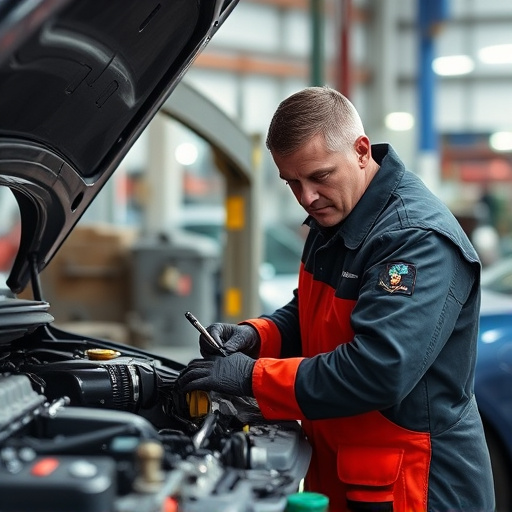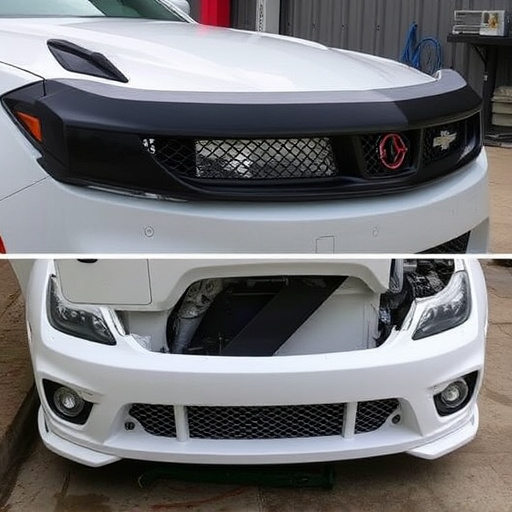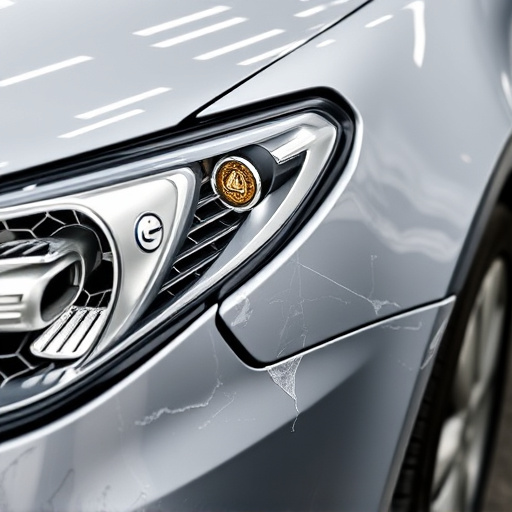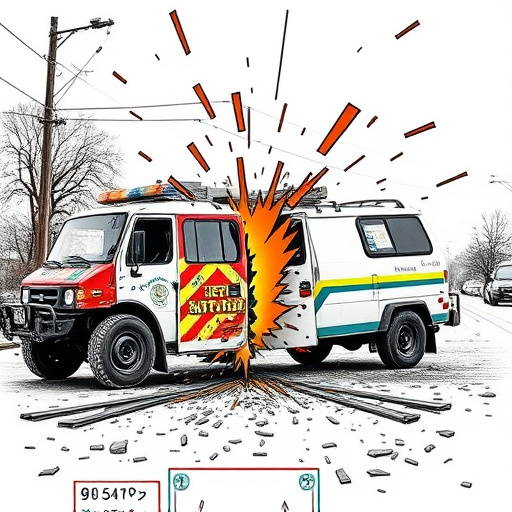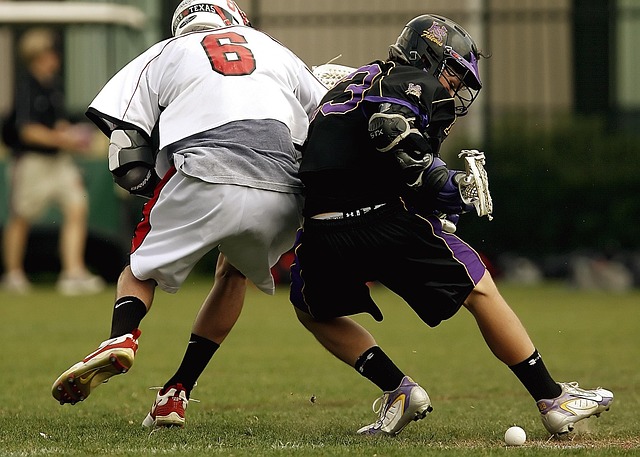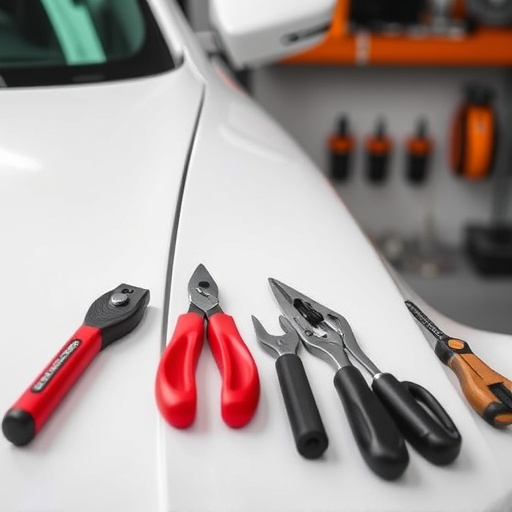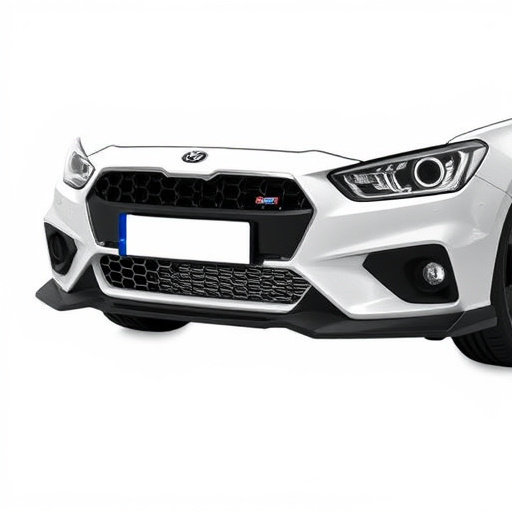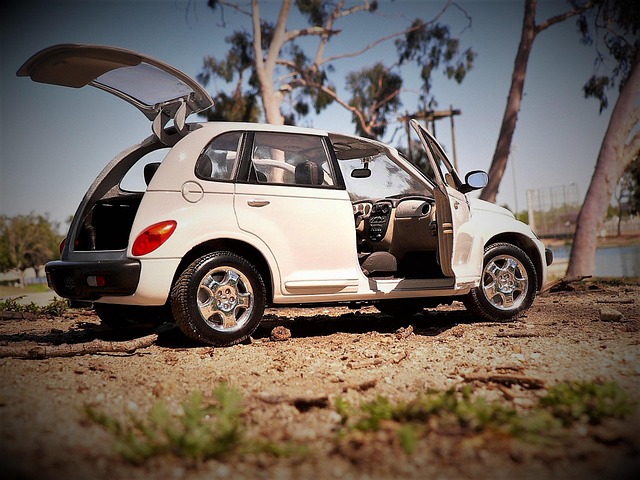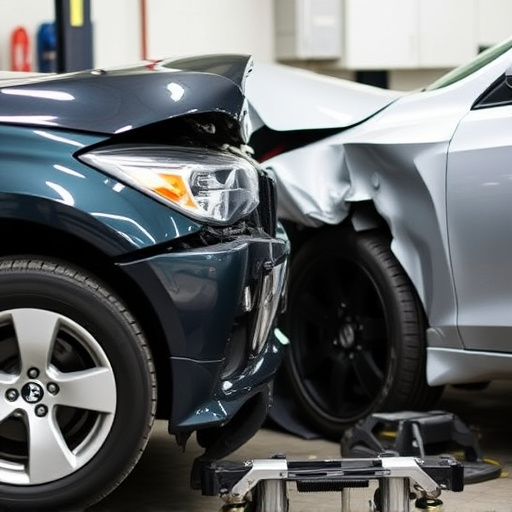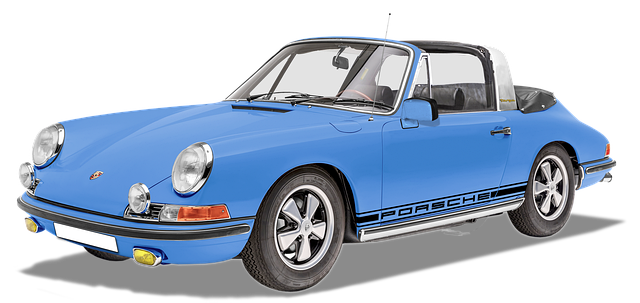Hatchback collision repair requires specialized skills due to their unique design features, including sloping roofs and compact engines. Skilled technicians must navigate intricate fold lines and curved panels, carefully handling panel replacement, alignment, and car paint repair to maintain aesthetics. Understanding hatchback dynamics and safety systems, such as crumple zones and airbags, is crucial for effective repairs that restore structural integrity and ensure a secure driving experience. This meticulous approach guarantees optimal results in hatchback collision repair.
Mastering hatchback collision repair requires a unique blend of technical expertise and strategic preparation. This article guides you through 10 essential tips, focusing on understanding hatchback specifics, implementing safety protocols, and adopting best practices. From recognizing distinct design features and enhancing vehicle dynamics to ensuring proper documentation and mastering painting techniques, these strategies ensure top-notch repairs for safer, more reliable hatchbacks. Dive into these insights to elevate your collision repair game.
- Understanding Hatchback Specifics for Effective Collision Repair
- – Identifying unique hatchback design features and challenges
- – Importance of knowing vehicle dynamics and safety systems
Understanding Hatchback Specifics for Effective Collision Repair

Hatchbacks have unique structural characteristics that differ from traditional sedans or SUVs, making their collision repair process slightly more intricate. Understanding these specifics is vital for effective hatchback collision repair. One key aspect is the space constraints in hatchbacks due to their compact design. This often means repairs, especially near the bumper and door areas, require precise techniques to maintain the vehicle’s original shape and aesthetics.
Additionally, the flexible nature of hatchback bodies demands careful handling during the repair process. The rear door and engine compartment access points can be more challenging to manage compared to other car types. Proficiency in car body repair techniques, such as panel replacement and alignment, is essential for achieving a seamless finish. Car paint repair skills are also critical to ensuring the repainted areas blend flawlessly with the existing color and texture of the vehicle’s exterior.
– Identifying unique hatchback design features and challenges

Hatchback vehicles present unique challenges when it comes to collision repair due to their distinct design features. Unlike sedans or SUVs, hatchbacks often have sloping roofs and compact engines, making them more delicate in nature. The intricate fold lines and curved panels require skilled techniques for proper alignment and paintwork restoration. Moreover, the integration of the rear door and engine compartment poses specific structural considerations during repairs.
Understanding these design nuances is crucial for effective hatchback collision repair. Auto collision repair experts must be adept at handling car dent repair, especially around the doors and fenders, while ensuring the overall aesthetic integrity of the vehicle. Additionally, tire services might be more intricate due to the compact nature of the space, demanding precision in replacements or repairs.
– Importance of knowing vehicle dynamics and safety systems
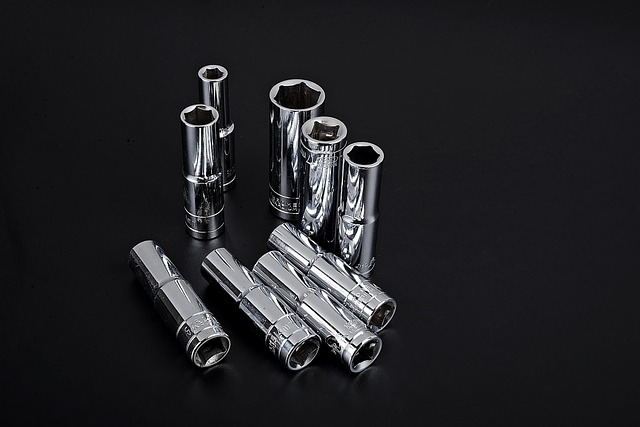
Understanding the vehicle’s dynamics and safety systems is a cornerstone when tackling hatchback collision repair. These intricate components, from crumple zones to advanced airbag mechanisms, play a pivotal role in enhancing passenger safety during accidents. By grasping their functionality, you can ensure that repairs not only restore aesthetic appeal but also preserve the structural integrity and safety features of the vehicle. This knowledge is invaluable when realigning panels, replacing parts, or conducting meticulous car paint services, making certain that the hatchback functions as effectively as it did before the collision.
Moreover, recognizing how these systems interact allows for precise fender repair and restoration of the vehicle body shop’s original condition. It enables technicians to make informed decisions, ensuring that every repair step aligns with safety standards, ultimately contributing to a seamless and secure driving experience post-repair.
Mastering hatchback collision repair requires a deep understanding of the vehicle’s unique dynamics and design. By familiarizing yourself with the specific features and safety systems, you can effectively navigate the challenges presented by these popular car types. Implement these 10 tips to ensure precise repairs, enhance safety, and restore your hatchback to its former glory.
